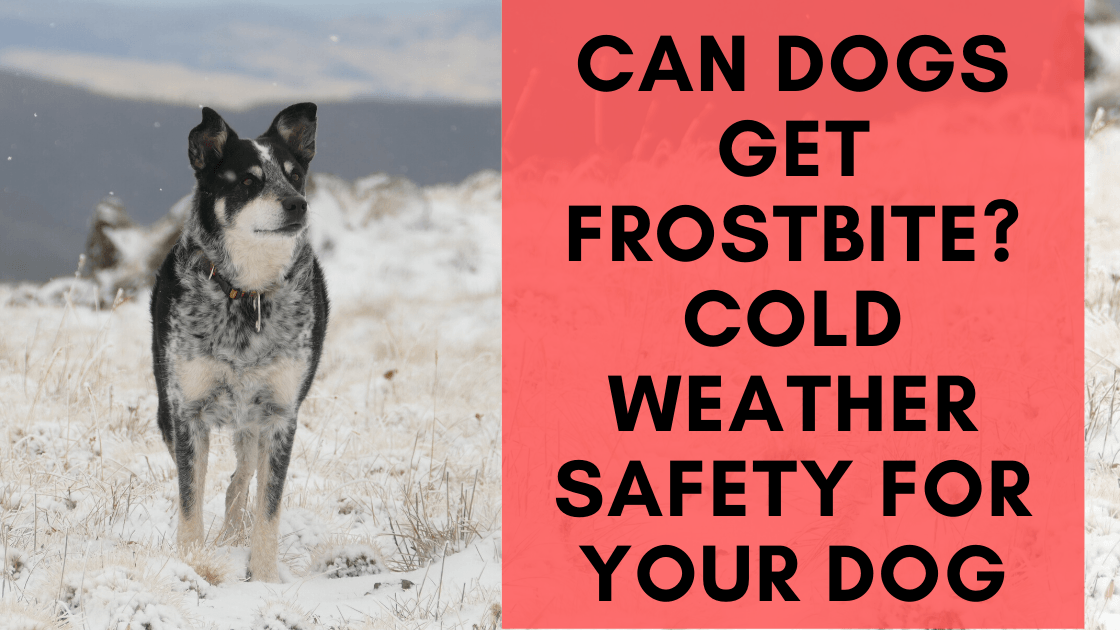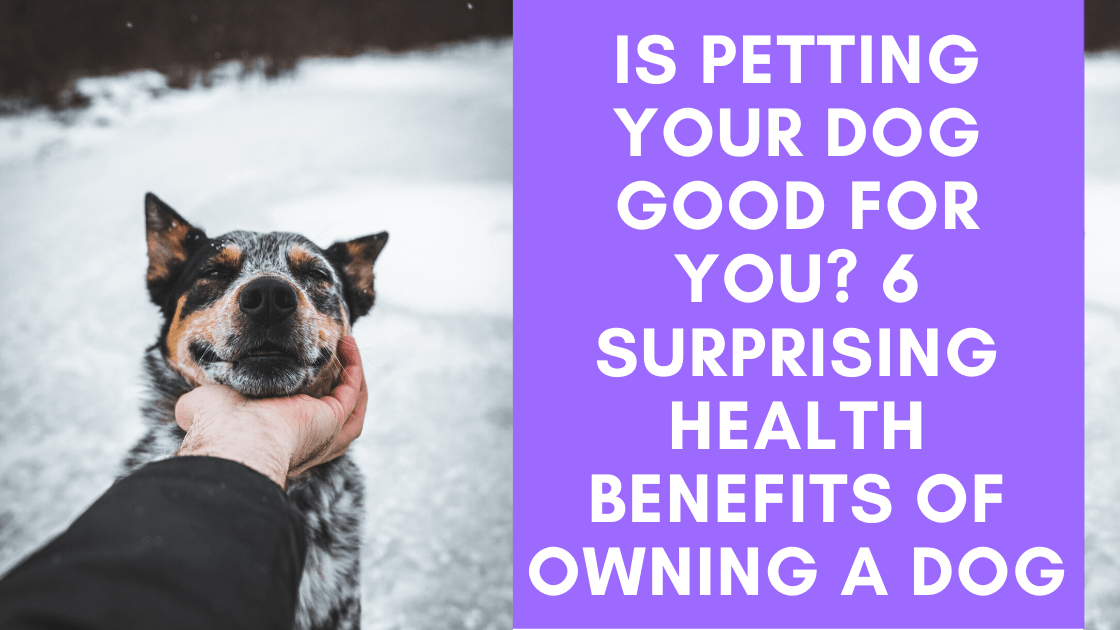The holidays are a busy and exciting time for everyone. We decorate our homes, see more of our loved ones, indulge in delicious treats, and tend to do more traveling. With all the changes to routine and our homes, it’s important to take extra care to keep our dogs safe during the holidays.
Once Halloween hits, we are officially in the holiday season, with celebrations often lasting through February. And all of these holidays come with a host of potential dangers to our furry friends. What’s more, the changes in routine, uptick in visitors, and traveling can also bring on unwanted canine behaviors.
So let’s look at the top tips for keeping your dog safe during the holidays. We’ll cover everything from the question, are poinsettias poison to dogs? to a look at the dog chocolate poisoning timeline.
Keep your dog safe around holiday decorations
During the holidays, many of us like to decorate our homes. But sometimes, the decorations and accessories that we put up can pose a threat to our dogs. Here are some things to be aware of:
Christmas tree safety with your dog
When the Christmas tree goes up, it can be the source of a lot of issues with your dog. Some dogs can’t resist trying to drink the water at the bottom of a live tree, others go for the ornaments, and some accidentally knock them with their tails. All of these behaviors can result in broken ornaments and ornament hooks on the ground which may cut or hurt your dog’s paws or mouth.
While Christmas tree needles aren’t highly toxic for dogs, they can be difficult to digest and do cause mild toxicity. Fortunately, most dogs don’t ingest large amounts of Christmas tree needles because of their prickly nature.
What to do about it? If your dog simply won’t leave the tree alone, consider putting a gate or fence around your tree. This might be necessary if your large dog’s tail or body keeps brushing up to the tree, too. You can also train your dog to stay away from the tree by using common behavior training techniques and positive reinforcement.
Are poinsettias poison for dogs? Are other holiday plants poison for dogs?
It is largely a myth that poinsettias are poisonous to dogs and cats. Yes, they are mildly toxic, but according to the Pet Poison Helpline, it is very rare for a dog to need medical treatment from ingesting poinsettia plants.
Occasionally, you may see some vomiting, diarrhea, drooling, or skin/eye irritation after your dog ingests poinsettia, but beyond that, it will resolve on its own. Of course, if you have any concerns, a quick call to your vet can ease your worries.
As for other holiday plants, mistletoe and holly are considered to be moderate to severely toxic to pets. If your dog eats one of these holiday plants, it’s important to call your vet or poison control for advice about how to proceed and signs to look out for that your dog is in danger (source).
Christmas light safety with your dog
As a dog owner, you’ve probably taken steps to dog-proof your home. However, when the holiday décor comes out, sometimes we let our guard down. Christmas lights, like any wires, pose a threat of electrocution to our dogs.
Be sure to arrange your Christmas lights in a way that keeps them out of your dog’s reach or behind a gate. Take extra care if you have a puppy that is still in the puppy chewing phase.
Hanukkah candle safety with your dog
When you light the Menorah each night of Hanukkah, it is a tradition to let the candles burn out on their own. To be safe, do not allow your dog to be unsupervised around the candles.
The flickering light or shadows cast by the glow of the candles may entice some dogs. You don’t want them to get burnt or tip the candles and start a fire. (source)
Using tablecloths around large dogs
Around the holidays we all like to kick up the fancy factor a bit. Often this means using tablecloths when we usually don’t. Be aware of your dog’s whereabouts during mealtimes.
It can be easy for your dog to snag the corner of a tablecloth by mistake, sending food and dishes everywhere! Young dogs may see the dangling edges of a tablecloth as a new toy to engage with, so be careful of this, too.
What to know about holiday food and your dog
For many, the holidays mean one thing: food! From sweet treats and cookies to savory feasts, we all like to indulge a little more. This can sometimes mean more table scraps for Fido, or the risk of your dog getting into food that will make them sick.
Surprisingly, most fruits, vegetables, and lean proteins are safe human foods for dogs. But here’s the lowdown on what to skip.
Holiday table scraps you should not give your dog:
- No bones (chicken, turkey, beef, pork, etc.)
- Any foods that have onions, leeks, or garlic which can be toxic to dogs
- Desserts that contain chocolate
- Desserts that contain artificial sweeteners
Dog chocolate poisoning timeline:
When it comes to chocolate poisoning and dogs, the toxic component is theobromine. Different types of chocolate have different levels of theobromine, meaning some chocolates are more dangerous than others. Generally, milk and white chocolates have the lowest levels, and dark chocolates have the highest (source).
It’s always important to keep in mind your dog’s size. Large breed dogs that ingest a small amount of chocolate are at a much lower risk than when a small or toy breed ingests the same amount of chocolate. According to Vetted Petcare, symptoms of chocolate poisoning can take 6-12 hours to show up, so it will involve careful monitoring on your part once you discover that your dog has eaten chocolate.
As soon as you discover that your dog has eaten chocolate, and especially if it was a large amount or was dark/baking chocolate, call your vet right away. Your vet will be able to advise you on symptoms to look out for, or if you should induce vomiting to avoid serious complications.
Here are the most common symptoms of chocolate poisoning in dogs:
- Vomiting
- Diarrhea
- Shaking
- Panting
- Seizures
- Increased thirst
- Increase urination
Help your dog cope with holiday travel
The holidays often mean traveling to see family and loved ones. Many of us like to bring our dogs along for the ride! But traveling with your large breed dog can come with some challenges. Make the adventure a little bit easier by:
- Exercising your dog before hitting the road
- Plan a route with dog-friendly stops
- Make sure your hotel, Airbnb, or host’s home is dog-friendly
- Find emergency vets in the location you are traveling to, just in case
- Plan activities that will involve your dog, for example: look for hiking spots or dog parks in the location you are staying
Handling holiday visitors around your dog
If you aren’t traveling during the holidays, you may be hosting more get-togethers than usual. And if your dog is young, or isn’t used to having new people in the home, this can result in some unwanted dog behavior.
Sometimes, it’s best to put your dog in a crate, or a dog-proofed room during your holiday gatherings for your safety and theirs. If you can’t have a vigilant eye on them, it will prevent them from eating things they shouldn’t, jumping up, or disrupting guests.
If you do want your dog to join in on the fun, take steps ahead of time to make it more successful:
- Give your dog a good exercise session before your holiday gathering so that they are tired out
- Work on teaching your dog to stop jumping up before the party
- Check-in with guests to make sure they are comfortable with dogs
- Keep snacks and food up and out of your dog’s reach throughout the party
Disruption of your dog’s routine during the holidays
With all of the extra parties, time off from work, school breaks, and wintry weather, it can be easy to get away from your typical schedule and routine during the holidays. Often, this can mean less exercise for your dog. Sometimes, you don’t even realize it’s happening until your dog starts destructive chewing, or acting out to get your attention.
The best way to combat this is simply by being aware. If your dog starts acting out, stop and think about if their needs are being met. Be sure to make time in your busy day to exercise them, or consider hiring a seasonal dog walker or looking into doggie daycares. Remember, a well-exercised dog is a calm and well-behaved dog.
Enjoy the holidays with your dog
By keeping the advice in this article in mind, you are sure to have a fun and safe holiday with your dog!
Most importantly you want to keep them away from hazardous decorations, be sure they aren’t getting human food that could make them sick, give them the exercise they need, and prepare ahead of time for guests and travel.
Oh—and don’t forget to snap a few great holiday photos with your dog, too!
Have a dog-related holiday horror story? Hopefully it has a happy ending….tell us what happened below!
Mine involved our lab helping himself to the homemade cherry pie my aunt brought over. Luckily, he didn’t get sick and it was mostly just really embarrassing 😂



